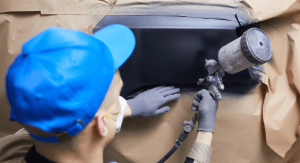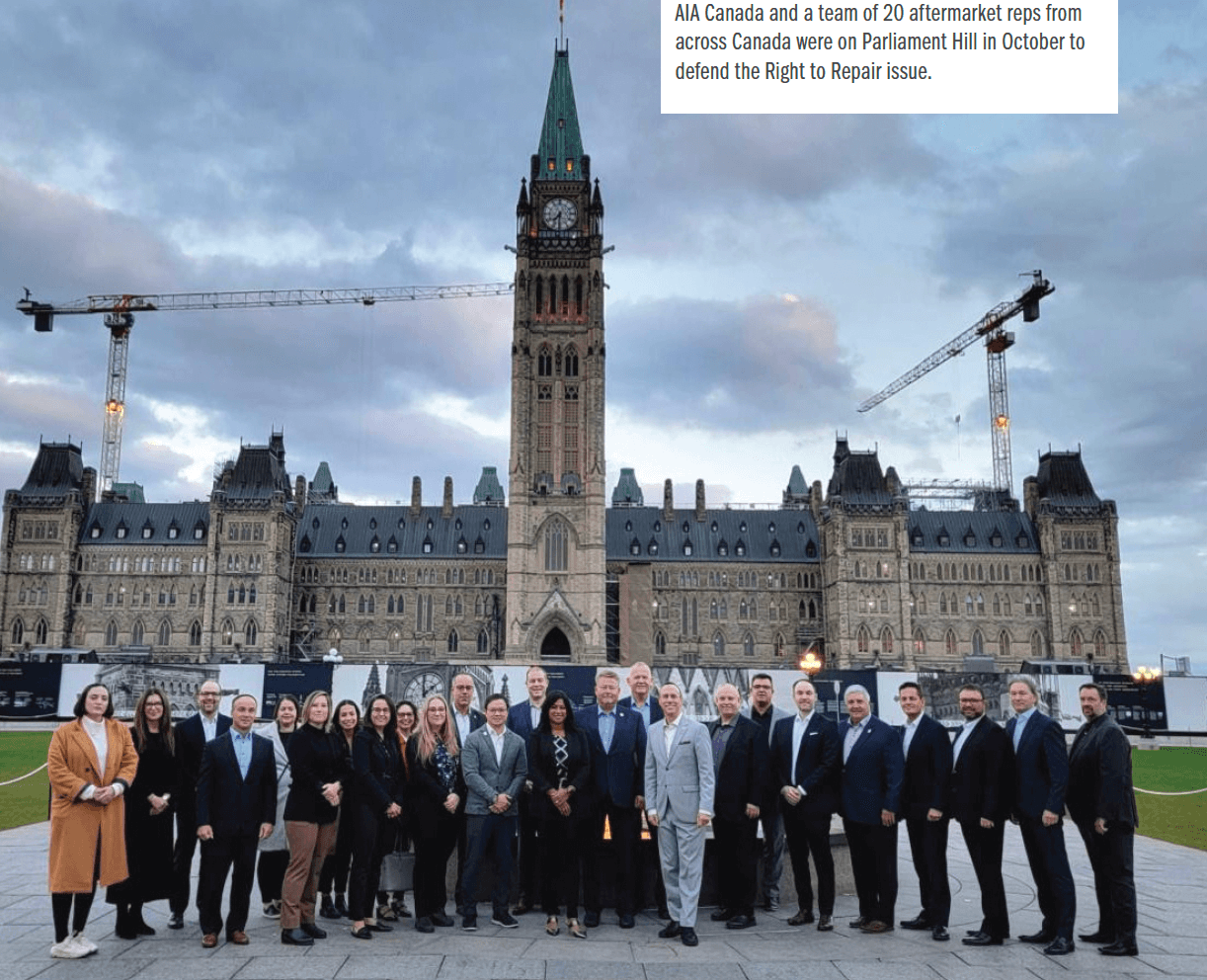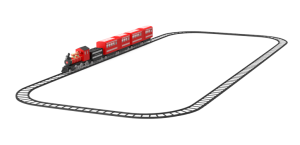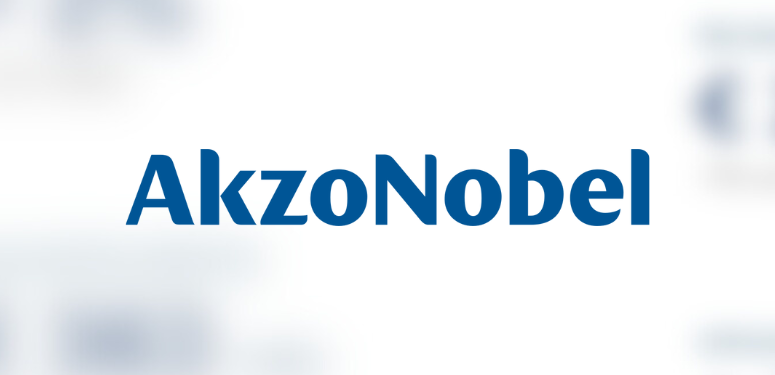OTTAWA SEEKS INVESTMENT
The federal government is reportedly set to introduce subsidies for the production costs of large EV battery producers in hopes it will convince the parties to build plants on Canadian soil. The new measures—dubbed a “game changer” for Canada’s industrial policy—could see Ottawa fund the operating expenses of battery and battery component manufacturers through subsidies linked to the number of units produced. Previous government programs have been based on one-time capital expenditures. The measures could act as a counter to the recently adopted American law, the Inflation Reduction Act, that experts say poses a threat to the Canadian industry as it allocates US$270 billion in climate and clean energy investments. Canadian industrial and manufacturing experts say the U.S.’s ambitious plan could trigger a wave of investment toward States-based manufacturing.
TO SCALE
Dealerships beat out the aftermarket in revenue this year, according to J.D. Power’s 2022 Canada Customer Service Index, which shows that dealer repairs captured more than half of the industry revenue from its competition. The study found that dealership-based service centres accounted for 47 percent of all service visits and captured 58 percent of industry revenue this year, reversing the market share gains of aftermarket shops reported in 2021. The average per-visit spend for dealership customers in 2022 is $394. For aftermarket visits, the average cost sits at $247–nearly $150 cheaper. Customers appear to have equal faith in the quality of both dealership and aftermarket work. The percentage of aftermarket customers who said all service work was completed right the first time was 95 percent in 2022; down two percent from 2021. The dealership segment reported 94 percent of customers citing service completion upon first visit; like the pre-pandemic levels of 2019.
UNDERVALUED WORK
Recent data from the Society of Collision Repair Specialists (SCRS) contradicts the belief of some OEMs that blending can be completed in half the time as creating a new coat. On Oct. 30, five North American coating companies presented study findings at the Collision Industry Conference (CIC), where they concluded that on average, blending took 31.6 percent more time than a full refinish. The study results conclude that the existing 50 percent formula may not accurately represent the difference between the two tasks, which reduces the compensation for labour and materials during a refinishing.

Blending an adjacent panel to a replaced or repaired panel is necessary for colour matching and recommended by all major automotive refinishing companies in North America. Currently, Audatex, CCC/MOTOR and Mitchell consider the labour of blending a two-stage refinish equivalent to the work of half a full panel refinish.
FEBRUARY FORUM
The Canadian Collision Industry Forum (CCIF) is set to return to Toronto this Feb. 2 and 3 at the Delta Hotels by Marriot Toronto Airport and Conference Centre. The first day will feature a workshop and networking events, while day two will dive into industry programming from aftermarket leaders like Stefano Liessi, Collision Repair columnist and I-CAR trainer. Visit ccif.ca/events-meetings for more information on the forum.
PEOPLE AND POLICY
The Automot ive Industries Association of Canada (AIA) and a team of 20 associates across Canada were in parliament on Oct. 18, bringing the Right to Repair issue to Ottawa. The association’s message was clear: “give Canadian consumers a choice when it comes to auto repair.” AIA Canada was supported by executives from numerous automotive companies operating in Canada, including representatives from collision repair banners. Twenty-five MPs arrived for an all-party panel discussion before association members broke off to meet one-on-one with the local riding representatives to discuss the specifics of how consumers can attain greater choice on a community level.

THE POWER OF PEOPLE
The automotive aftermarket appears to be leading among the many other industries seeking out highly in-demand skilled trades workers, as the latest employment report from DesRosiers Automotive Consultants Inc. (DAC) shows that employment in the sector is up 4.2 percent since June 2021. “The aftermarket especially continues to show strength, with employment count increases for both repair facilities and parts stores,” said the managing partner of DAC, Andrew King. Auto dealers and repair facilities now boast total workforces of more than 150,000 and 111,000 employees respectively, according to DAC’s research—figures far surpassing those of other industry sub-sectors. DAC said that in the year between June 2021 and 2022, the Canadian auto industry’s workforce expanded from 651,100 to 667,5000 employees.





































